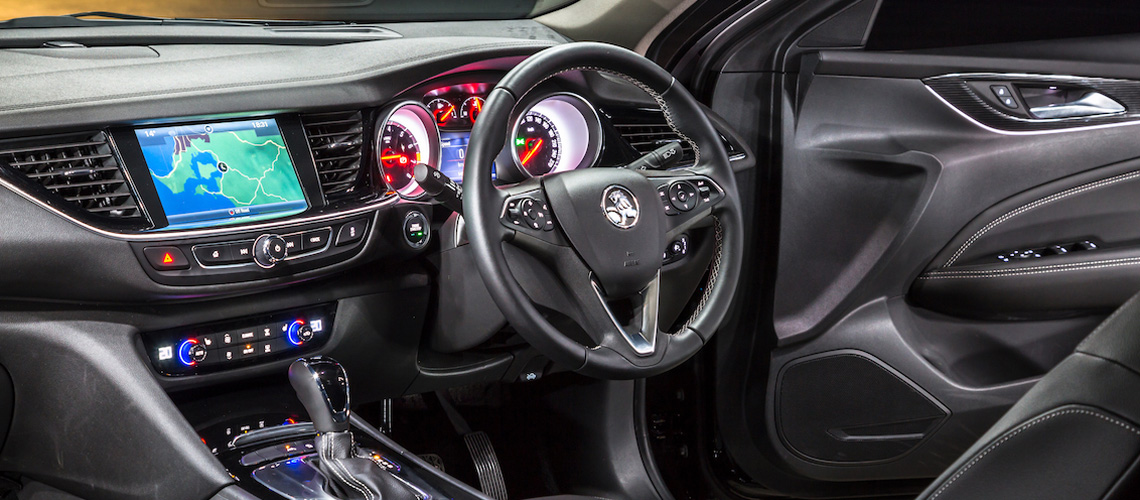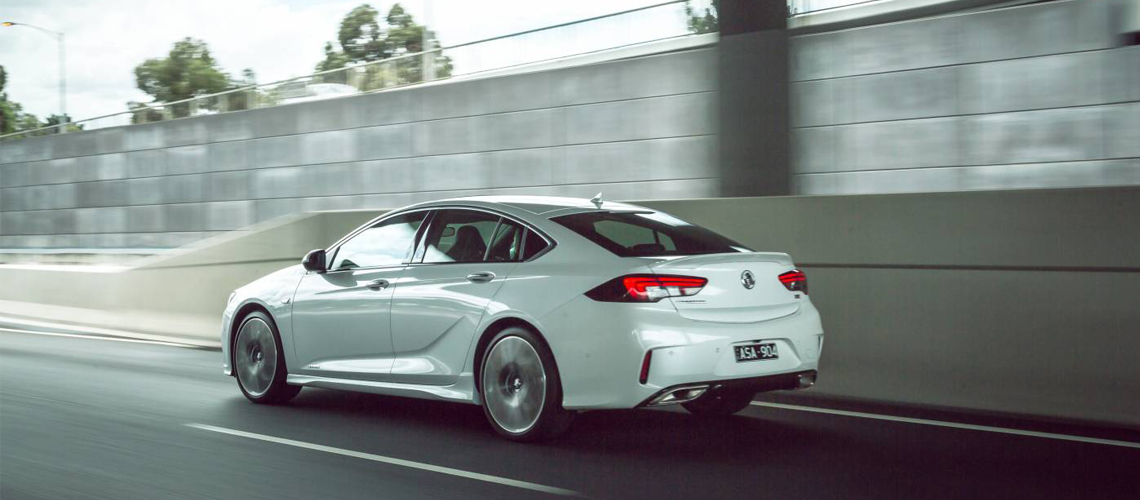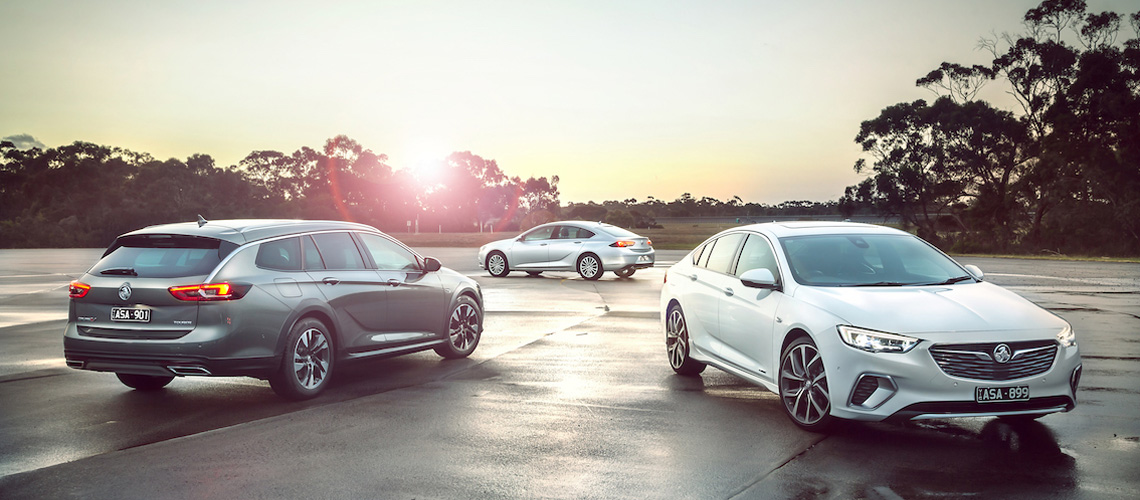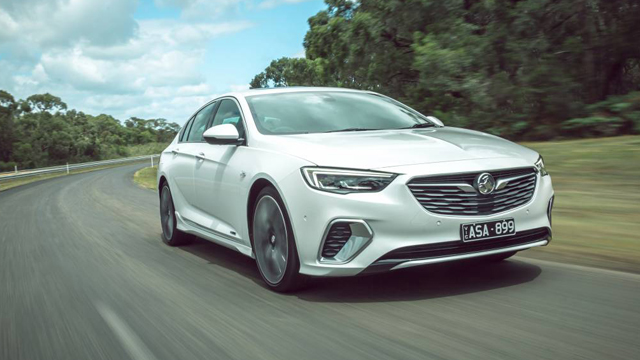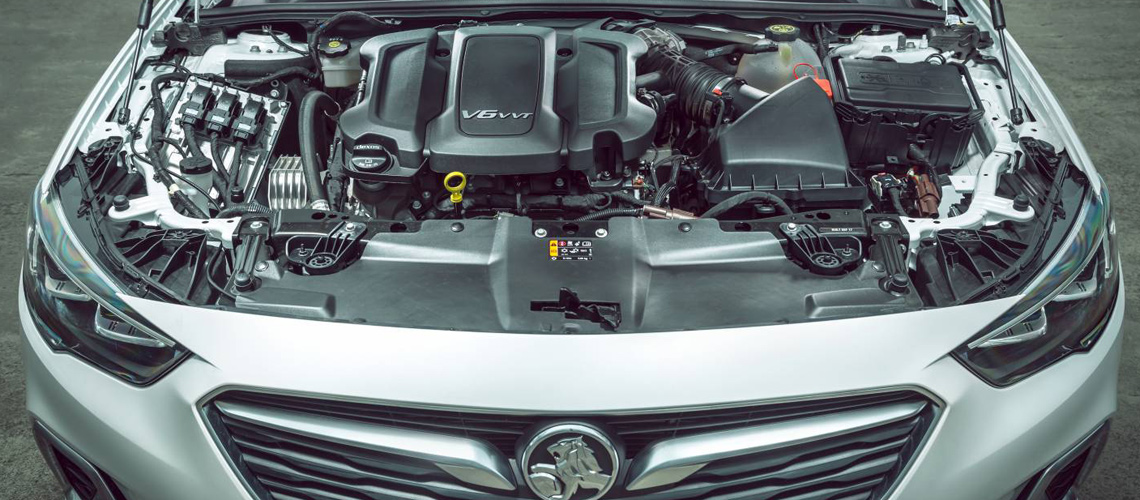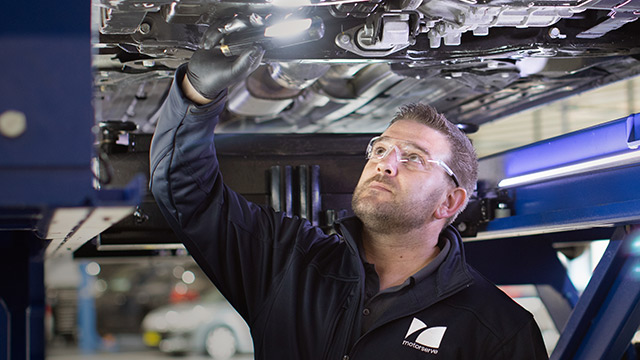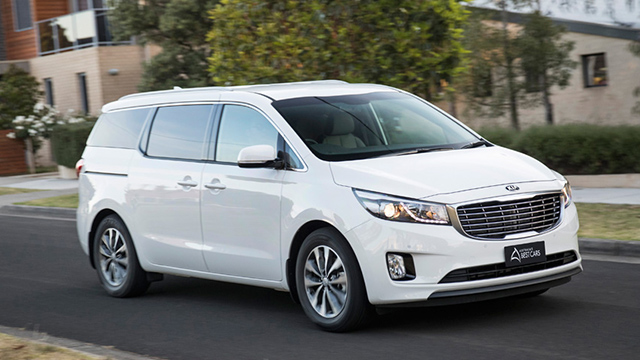Visually, the new range has a faint nod to the former Commodore with its flared wheel arches and athletic stance, but that’s about it. While historically most drivers would never mistake a Commodore for anything other than a Commodore, the new range has a definite Euro look. Size-wise, the new car sits between the VT from the 2000s and the old VF sedans. The narrower cabin has slightly less shoulder width and hip space width (57mm and 51mm respectively), but the front seating position provides almost identical space. Cargo volume, at 490 litres, is just five litres less, and the new liftback design, with the rear seats folded down, provides 1450 litres. Front seat comfort in the RS is excellent, supportive and well bolstered without being too firm. Rear seat comfort doesn’t disappoint, either, and while the higher rear waistline and lower roofline make it feel a little cosier, occupant space remains similar and, in the sportwagon and tourer, rear head room is a tad better.
Performance and general driveability from the 2.0-litre turbo petrol engine and nine-speed auto will surprise the diehards who believe there’s no substitute for cubic inches. Slightly more powerful than the outgoing Evoke, the turbo four develops 60Nm more torque. The RS is over 100kg lighter, too, and less weight and more torque make for a much more engaging drive. Off the mark, the Commodore has more zip, and the rapid-fire gear changes are almost imperceptible inside the cabin and keep the engine in its ideal torque zone. It’s quiet and refined under hard acceleration towards the 5500rpm limit, something that couldn’t be said about the old unit. Turbocharging also means less fuel consumption – we used 7.9L/100km around town and 7.5L/100km on the open road, comfortably better than the 8.8L/100km recorded on our last VF test.
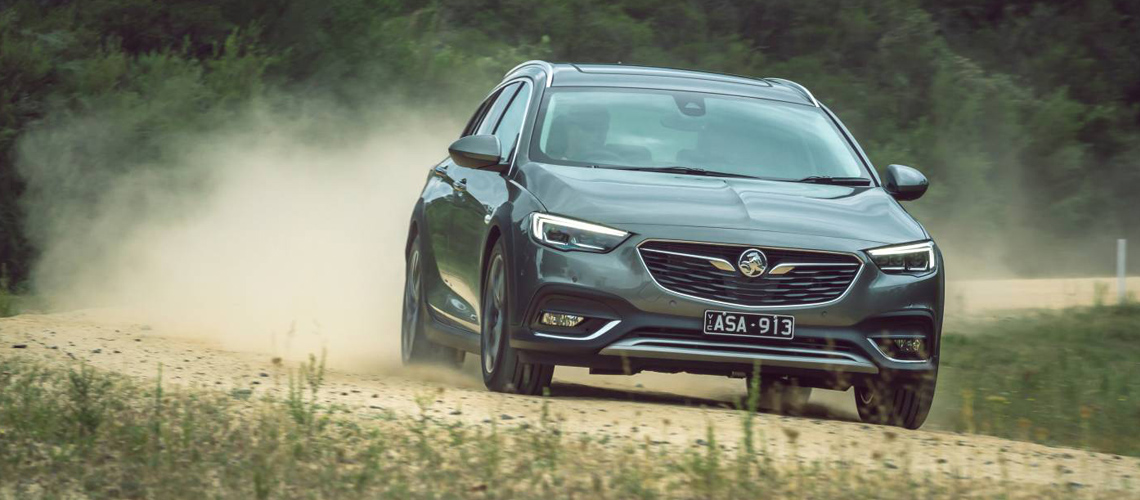
While much of the focus has been on the sporty VX6 and how well it handles, Holden’s engineers have given each model a thorough workover and its own identity. The RS, riding on 18-inch alloys and 245/45 Continental tyres, isn’t too firm or harsh over bumps and corrugations, yet through corners it remains flat with good body control. Steering feel is nicely matched, too; not sharp or nervous off-centre.
Not surprisingly, Holden is looking to the future rather than the past with the latest Commodore – a future that pitches it against some excellent mid-sized sedans from Mazda, Subaru, Toyota and its old nemesis, Ford. Fundamentally a very good car even in base and mid-spec trim, the Commodore has the features and tech to match its rivals. – Tim Pomroy
Engine: 2.0-litre turbocharged four-cylinder
Transmission: nine-speed automatic
Power: 191kW
Torque: 350Nm
Fuel consumption: 7.6L/100km (claimed)
ANCAP: Five stars
Price: From $33,690 (plus ORC)
Pros: Better spec level; more refined; liftback body provides greater space
Cons: No full-size spare; instrument cluster looks cheap
This article was originally published in the May/June 2018 issue of the Open Road magazine.
The standard features list is more comprehensive than ever, with the LT featuring auto headlamps with daytime running lights, passive keyless entry, remote and push button start, rear-view camera, front and rear parking assistance, rain-sensing wipers, cruise control, and Holden’s MyLink infotainment system with a seven-inch touchscreen. On the safety front the LT features a forward-mounted camera, autonomous emergency braking, lane keeping assistance, lane departure warning, following-distance indicator and forward collision alert with head-up warning. All variants have a five-star ANCAP rating.
Our RS test car featured larger 18-inch alloys, sports body kit and front seats, leather sports steering wheel, side blind zone alert, rear cross traffic alert, and the sportwagon features an electric tailgate.d slip differential (LSD). For those seeking an alternative to an SUV, this may well be the ticket.
